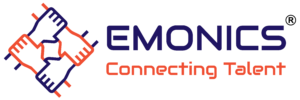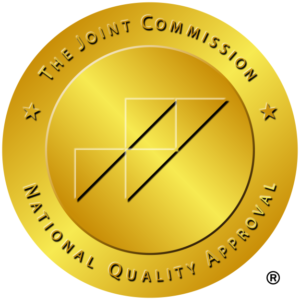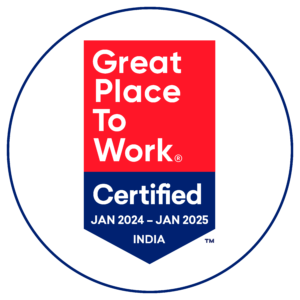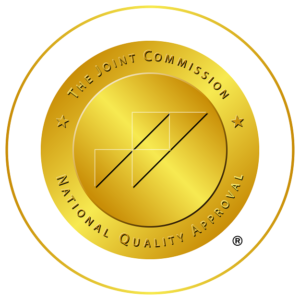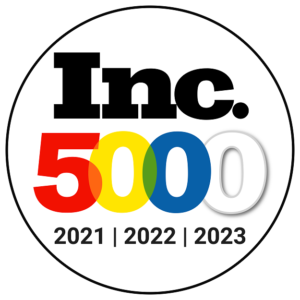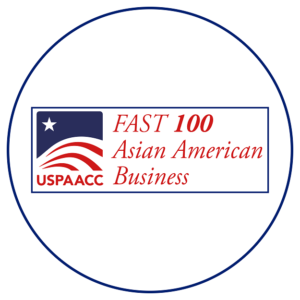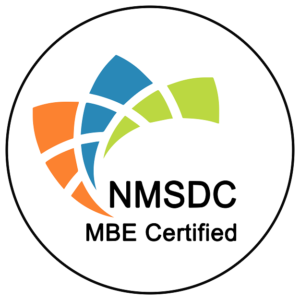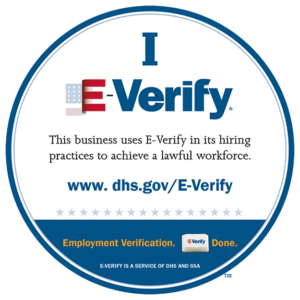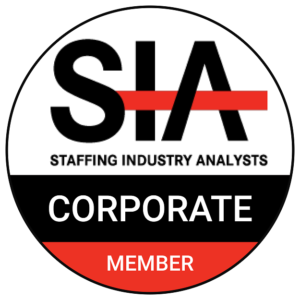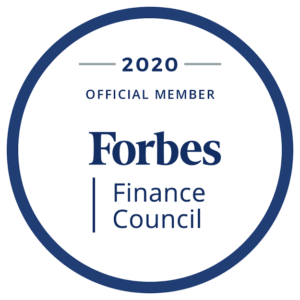6 Ways To Rethink Your Hiring Process
Candidates must negotiate an obstacle course to show themselves in the typical hiring procedure. Obstacles such as a long list of abilities or certificates may appear insurmountable. Your organization misses out on the chance to hire talented people who don’t fit the template. As a result, instead of appealing job descriptions being posted in all the proper places and highly qualified candidates clamoring for the job, hiring managers to end up with the best candidate they can find, not the best person for the job.
Instead of being an afterthought during interviews, thoughtful and holistic candidate evaluation should become the driving force of the hiring process. Here are a few pointers to assist you in accomplishing your goal.
1. Must be consider the applicant experience
Put yourself in the shoes of a job seeker when recruiting. Would you apply for a job with a company you’ve never heard of? A corporation whose job description emphasizes what they require rather than what they can provide? Do you want to work for a corporation that has you jump through hoops merely to apply? Most likely not. If you don’t start your hiring process with the applicant in mind, you risk losing excellent applicants before they’ve even had a chance to interview.
Develop a nice, professional first impression on your career’s website that will entice them to apply. A logo, a company description, and reasonable rewards and expectations should all be included in job descriptions.
2. Begin with the possibilities and values
To locate the right candidates early in the traditional hiring process, firms focus their search based on qualifications or job experience. Companies may ignore what someone is capable of doing in the future by focusing on what they have done in the past. Hiring managers only look into intangible traits like curiosity, creativity, and teamwork late in the interview process. Flip this procedure on its head to hire diverse and creative teams.
Begin by examining the person behind the resume to learn more about who they are and how they solve problems. Examine a candidate’s volunteer activities, extracurricular successes, passion projects, and life experience, for example, to learn what motivates them.
3. Involve the right people
Great hiring isn’t something that happens by itself. New recruits can have a significant impact on a team’s overall performance, cohesion, and culture, especially in small organizations. Effective team-based recruiting necessitates the inclusion of viewpoints other than your own.
4. Balance skills and personal narrative
The principles and passions of a candidate might assist your team and business in unforeseen ways. Volunteer work, hobbies, membership in groups, and how and where people express their thoughts are all good places to look for that spark. Use a candidate’s resume as a road map to learn about their life story; during interviews, inquire about the choices they’ve made along the route. Skills, of course, are important. It’s critical to arm non-traditional candidates with knowledge in order to assist them in progress. Gusto, for example, is participating in a pilot program that aims to connect employers and job seekers during the hiring process. A company will describe the essential abilities for a specific function, and candidates can address skill gaps by attending free LinkedIn courses and exams. After passing, an applicant is given the opportunity to speak with a recruiter.
5. Treat interviews in the same way you would a discussion
Instead of being a trap to reveal a candidate’s lack of knowledge, reframe every job interview as a meeting of peers and a partnership. While the interviewer is determining whether the candidate would be successful in the role, the candidate is determining whether the company is the right environment for them to succeed. Don’t forget to give candidates a taste of what it’s like to work with your team.
6. Onboarding
Hiring is only the start of a candidate’s relationship with your company, so it’s critical to not only welcome them in, but also to support them throughout their career, from onboarding and training to ongoing professional development, mentorship, and evaluation. Review your new hire expectations, including success metrics and how you conduct performance reviews.
Conclusion
There’s a lot more to end-to-end recruitment than a job description and an interview. It’s about the entire process, from the moment a candidate applies to the time they become an employee.
